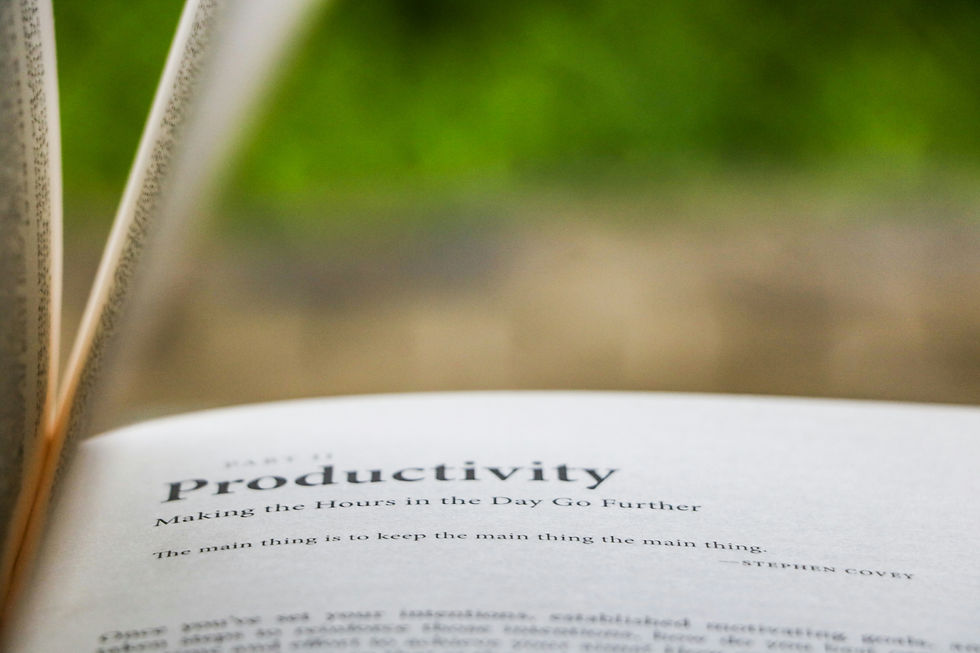Three Ways to Manage Flatfoot
- Alexandria Nyembwe

- Dec 11, 2022
- 3 min read
Imagine buying a new outfit but no shoe in your closet does the outfit justice. So you go shopping and find a shoe that goes perfectly with the outfit. You decide to add this stylish shoe to your collection. You wear the new outfit and shoes to a black-tie event, but you notice that your feet don’t feel comfortable. In fact, that discomfort becomes pain. As the night progresses, the pain in your feet becomes less tolerable, to a point where you leave the event early just to get out of those shoes.
Breaking in a new pair of shoes can be cumbersome, especially if you have flatfoot. Flatfoot occurs when the arches on the inside of the feet collapse in response to pressure or weight on them. According to research, roughly 23% of people in the world have flatfoot. People living with flatfoot may find that certain shoes, such as high heels, are painful to walk in. This can vastly limit one’s spunky shoe collection.
Symptoms of flatfoot can include muscle cramps in the leg or foot, pain in the arch, heel or outside of the foot, and pain when walking. You may also experience a toe drift. This occurs when the feet point outward while standing.
Did you know there are different types of flatfoot? According to the Cleveland Clinic, there are four types. People with flexible flatfoot (the most common type) have an arch when sitting, but not while standing. Someone with rigid flatfoot has no arch when sitting or standing. Fallen arches are another type of flatfoot in which the arch unexpectedly drops; this occurs in adults. The fourth type, vertical talus, is a birth defect which prevents the arches from forming.
While there is no cure for flatfoot, there are treatment options. Here are three options recommended to reduce foot pain.
1. Arch supports are non-prescriptive and inexpensive. Research on flatfoot suggests that arch supports may reduce the likelihood of toe drift. They can be found at many retailer stores and can even be custom made.
2. Stretching exercises may also be helpful. Those with shortened Achilles tendons may also experience flatfoot. Consult with your medical provider if you believe this may be the cause of your flatfoot. You may be prescribed some stretches to perform at home.
3. Orthotic shoes are also an option for flatfoot, as they also provide arch support. Additionally, you can find shoes from well-known brands which offer arch support. Here are some shoes that I have worn over the last few years that have helped.
Hoka One: Maybe you’re like me and you’ve read a blog or post on social media where one is asking the community for shoe recommendations. The Hoka brand is one which is consistently mentioned. I’ve noticed with the Clifton 8s that I truly feel like I’m walking on clouds. These shoes give my feet more bounce with each step, allowing me to walk for hours without experiencing pain.
Adidas Ultraboost: I was introduced to these shoes after realizing my feet needed the same love when I go for a run, not just when I’m standing for long periods. Adidas Ultraboost running shoes provide my feet with similar support to that of the Hoka brand but provide better support when I run more than three miles at a time.
Nike Zoom X: An alternative to the Ultraboost line, the Nike Zoom X shoes have also helped me achieve running goals I haven’t reached since my 20s. This shoe is lightweight, and has a bouncy response to impact, allowing your feet to have a soft landing while running.

Flatfoot, particularly during adulthood, can lead to deformities of the feet. Flatfoot can also lead to lower back, knee and hip pain, and increase risk for arthritis, shin splints, bunions, corns and calluses. Managing flatfoot could improve balance problems and reduce pain intensity in the feet.
While the shoes mentioned above are shoes I have found to provide support for my flatfoot, these options and brands are not for everyone. If you have flatfoot and haven’t found viable solutions, consult your primary care provider for other options.
References
Cleveland Clinic. (2021). Flat Feet. Retrieved from: https://my.clevelandclinic.org/health/diseases/17005-flat-feet
Mayo Clinic (2022). Flatfeet. Retrieved from:
Han, K., Bae, K., Levine, N., Yang, J., & Lee, J. S. (2019). Biomechanical effect of foot orthoses on rearfoot motions and joint moment parameters in patients with flexible flatfoot. Medical science monitor: international medical journal of experimental and clinical research, 25, 5920.







Comments